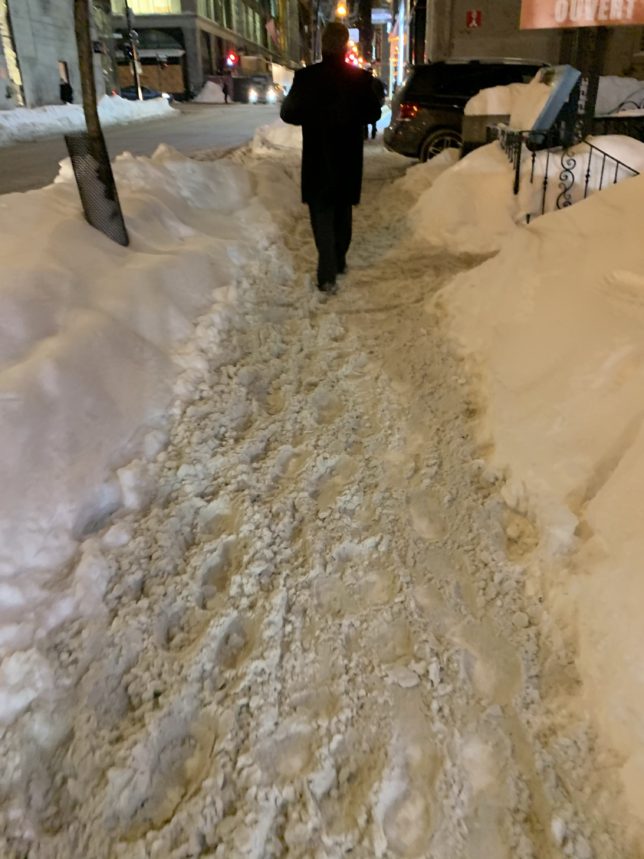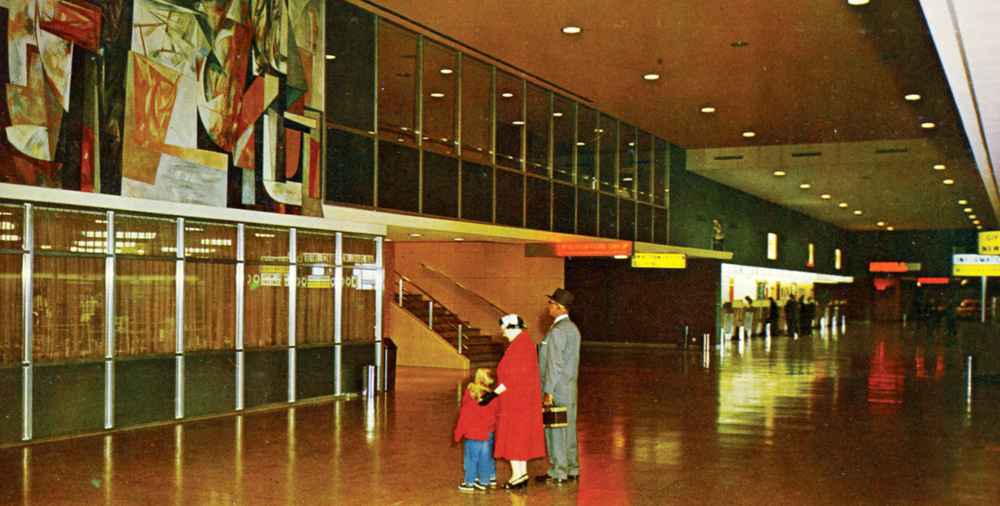From Live and Let’s Fly:
In the years to come, we will only begin to understand the devastation our overreaction to the pandemic inflicted upon the most vulnerable among us: the children who were kept out of school, the elderly and hospital patients who were separated from loved ones and made to endure pain alone, and those who were forced to live in isolation for a “public emergency” that still has not ended.
We will return to “normal” because we want to return to normal. That should actually unite us, even if we disagree on how fast it should be. The last two years taught us the amazing spirit of human ingenuity that so quickly developed a vaccine. It also taught us that we need one another and those who have been at the forefront of rolling back restrictions cannot simply be dismissed as selfish miscreants, but humans who recognize our need for one another in every area of life.
I don’t disagree that we need to start making moves to return to normal, but I don’t think the new normal will be anything like it was 3 years ago. At the same time it’s a bit of a cop-out to state that “we should want to return to normal” but that it can be over a timeline that we can disagree on. I don’t know of anyone in the United States who really wants to keep things as they are. Even in the article quoted it seems like the author is more concerned about the speed of the return to normal rather than what normal means.

As someone who has lost a family member to COVID-19 (who caught it at another family event) the cost of normal seems too high. Would I love to go out and eat at restaurants or travel freely around the world again? Sure. Is it worth the loss of another family member? Absolutely not. People are tired of being cooped up or limiting their interactions due to COVID but a lot of that is because there is a real risk. We don’t fully understand the impact that the disease has on young children or even healthy adults. We don’t know what long COVID will mean for people who are still struggling from a disease they caught months ago. But sure, let’s just act like none of that is happening and get back to normal.
Also, the use of quotes in the above post carry a tinge of sarcasm. Is 900k+ dead in the United States not a public emergency? Is it only a real problem if we see death in the streets?
Honestly, I think the return to normal is a choice that each person is going to have to make for themselves. I know people who are traveling now and following all of the country protocols of the places they visit. I also know people who are immunocompromised and are staying home for their own safety. I don’t think there is some simple formula we can apply as a society and say “we’re back to what we were” overnight. There is a calculus that people are having to work out for themselves on what they are comfortable with and when.
As far as masks on airplanes and in airports, I’m fine with it; Every airport I’ve visited in the last year or so have been jam packed with people. I would rather the United States end the mandatory testing to enter the country or at least remove it for vaccinated people. I am not sure the policy is actually helping us keep COVID at bay but it is certainly putting a financial burden on people who do test positive after being overseas. For me, I am looking for international travel later in 2022. I hope by then we’ll be at a place where COVID is less prevalent and more people have had the opportunity for vaccination.



